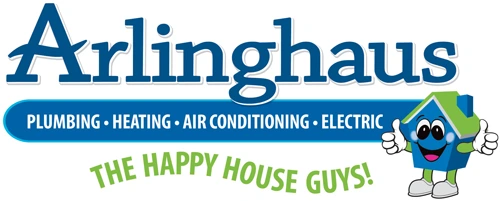In the last few years, millions of people have made the decision to begin converting their home’s devices to “smart” technology: equipment that is able to do much of the required work without a homeowner’s input. For heating and cooling, the most critical piece of equipment is the smart thermostat. While there are a lot of smart thermostats that each offer different features, all of them have a goal of making home energy efficiency easier for you to achieve. The answers to these common smart thermostat questions help you determine if a smart thermostat is right for you, and what to expect when you buy one.
What is a Smart Thermostat?
The concept of “smart” technology can be somewhat nebulous, making it difficult to understand what a given “smart” device should do. When you use a regular manual or programmable thermostat, you have to adjust the thermostat or create the settings entirely on your own. Smart thermostats may help you to create these settings by having you input data, or by observing your manual adjustments over the period of a few days. Smart thermostats also allow you to control settings via your computer, smartphone or tablet and may collect data about your energy usage.
How Do Smart Thermostats Work?
There are several varieties of smart thermostats, but they all use information to determine the best way to provide you with effective and efficient heating and cooling. These thermostats collect data, and many of them hook into your home Wi-Fi system to provide you with access to that information. They use this data to create settings that adjust the temperature in your home based on your preferences. Virtually all smart thermostats have applications you can use to change settings remotely. Some models allow you to dictate heating and cooling based on specific zones in your home. Others can trigger activation of the HVAC system by motion detection, permitting you to minimize energy consumption in rooms that you do not enter very frequently. Models that use geo-fencing will automatically change settings when the thermostat perceives you have arrived home or left via your car.
What is the Difference Between Smart Thermostats and Programmable Thermostats?
The difference between a manual thermostat and a programmable thermostat is fairly clear cut. With a manual thermostat, you adjust the temperature whenever you need to. Programmable thermostats allow you to create settings based on the time of day and the day of the week. Smart thermostats are a subset of programmable thermostats, and they are designed to add useful functionality and to make using your HVAC system easier and more efficient. If you have ever programmed a programmable thermostat, you may get frustrated at having to learn how to use the system and remember it each time you need to change the settings. Smart thermostats, as a general rule, aim to simplify the process of creating or changing settings. Some will even do it for you.
Are Smart Thermostats More Energy Efficient?
Thermostats and energy efficiency can be a tricky combination to measure. The truth is that a smart thermostat’s ability to save you energy and money on your utility bills depends on what you have now, and how you use the smart thermostat you buy.
Smart thermostats give you access to more information about your usage. If you use that data to decrease your consumption, then the thermostat will promote greater home energy efficiency. When you are upgrading your thermostat from a manual version, you will likely notice an immediate improvement based on the thermostat’s ability to gradually change temperature based on scheduled settings. However, if you frequently change settings you could lose some of the value of a smart thermostat and decrease savings overall if you are not careful. Many experts say that the most efficient use of a thermostat includes as few changes as possible.
In short, the less you mess with the temperature on your smartphone, the more savings you are likely to notice in the long run.
Can My System Support a Smart Thermostat?
Although a lot of smart thermostats are designed to work with different kinds of HVAC systems, and the manufacturers make them as easy to install as possible, you still need to verify that your home will support a smart thermostat. Most smart thermostats are designed to work with a forced-air system providing heating and cooling through ductwork. If you have a boiler or other system, you may be able to get a programmable thermostat for it, but your options are more limited.
The biggest restriction for installation of a smart thermostat is wiring.
First, your current thermostat must be wired for a low-voltage 24-volt system. Second, smart thermostats often require a greater power source than simply the batteries located in the thermostat. While basic manual and programmable thermostats can function on only two wires, you need at least three or four for a smart thermostat to gain access to your Wi-Fi system. If you lack sufficient wiring, you will need to pay to have an electrician run additional wiring to provide the necessary power.
Improving your home energy efficiency starts with a wise decision about a good thermostat. When you want to get a smart thermostat, you need to know that your system will support it and that the information you get from the smart thermostat will help you heat and cool more effectively. The result is a more comfortable home and lower utility bills, with proper use of the thermostat.


